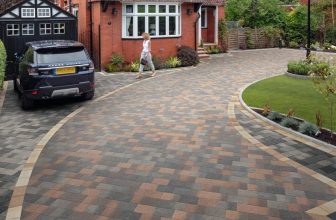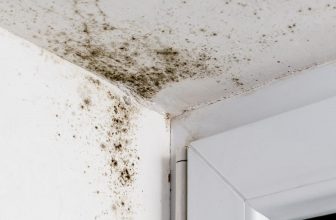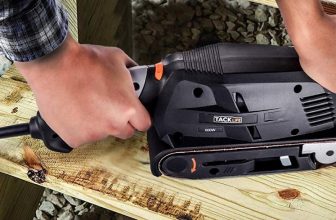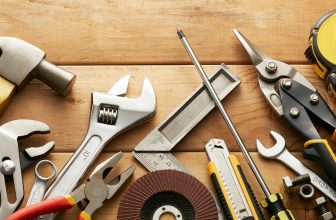Just about every homeowner wants to keep the outside of their home looking as good as it can. That’s why people spend countless hours landscaping, painting, and making sure that every detail is up to their standards. And all of that is well and good, but if the outside of the home has dirt, grime, soot or mildew, then all of their hard work is in vain. That’s why everyone should own the best power washers they can afford and use it regularly to keep their home looking good.
Powerwashing a home isn’t something that can be done casually. The homeowner does need to know how to do it properly and they have to be willing to take the time to learn the skill. If a person’s power washes their home too aggressively, they can harm siding or inadvertently remove paint. And some parts of the home, such as the hardboard or rock-dash stucco, shouldn’t be power washed at all. That’s why we’ve decided to write this guide. Now all of our readers can quickly learn the dos and the don’ts of washing their home’s exterior with a power washer.
Let’s Start With Power Washer Safety
The first thing that we’d like to address in this guide is the importance of taking a few safety precautions. Although some people seem to look at a power washer as just a fancy hose, the fact of the matter is that these devices deliver water at high pressure. As a result, the user should protect themselves against the dirt, rocks, and pieces of material that the pressure washer might turn into projectiles. Below are some safety tips that consumers should follow to protect themselves.
Use Proper Eye Protection
The first thing the consumer should do is to use proper eye protection. And no, we don’t mean wearing a pair of sunglasses. The homeowner should wear actual safety goggles to protect their eyes from anything the power washer might knock loose and send their way.
Never Use A Ladder With A Power Washer
The homeowner should also realize that they should never use a power washer while they’re on a ladder. The recoil from the water can easily knock them off of the ladder. If the homeowner has a multi-story building that they have to clean, then they should rent lockable-wheel scaffolding for the job instead of using a ladder. And even then, the homeowner needs to use extreme caution.
Keep Aware Of Electricity Around Your Home
The next thing that the consumer is going to want to think about is the sources of electricity coming to their home. Since you’ll be spraying water, and electricity can travel through water and seriously harm you, it’s important to take a good look at the outside of your home before beginning.
All outdoor electrical outlets should be closed and/or covered with duct tape to avoid getting them wet. It’s also a good idea to avoid working around overhead power lines, so your cleaning wand doesn’t accidentally come into contact with the home is being power washed.
Read Your Instruction Manual Thoroughly
The final thing that consumers should do before using their power washer is to read their directions thoroughly. Make sure that you know now only how the power washer needs to be set up and operated, but also all of the safety precautions recommended by the manufacturer. This will ensure that you know how the machine should be properly operated.
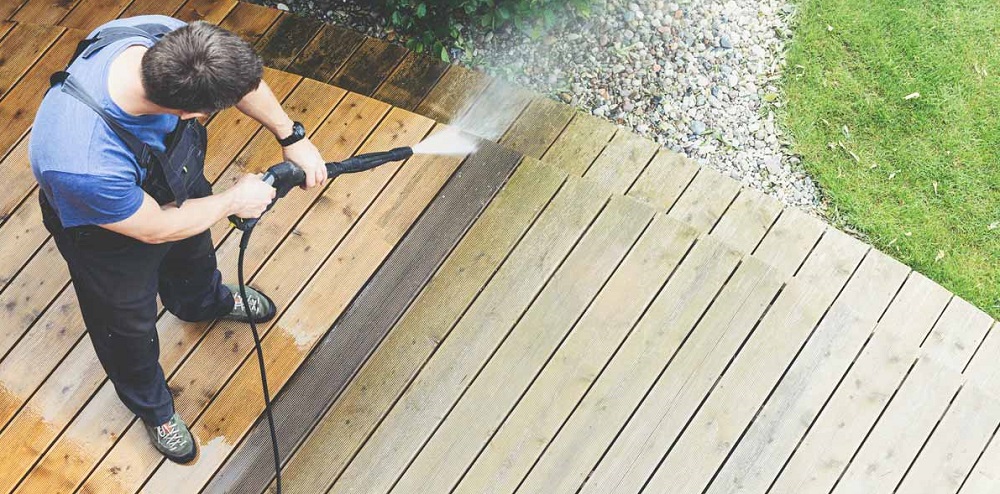
How To Power Wash Your Home
Okay, now that we’ve gone over the safety precautions, it’s time to get to the heart of this article and talk about using the power washer to clean the outside of the home. So without further ado, let’s get started.
Make Sure To Cover Lawns & Landscaping
The first step to power washing a home is to make sure that the lawn and outdoor plants aren’t going to be damaged by the process. To prevent damage to sensitive plants, be sure to cover them with drop cloths and secure these cloths with duct tape.
Mix Bleach Or Mildewcide Properly
The next step is to mix the bleach or mildewcide according to the product’s directions in a 5-gallon bucket. If using bleach, you should use 9-parts water for every part bleach. Add it to a garden sprayer.
Setup The Power Washer
In this step, you’re going to set up your power washer. Attach a garden hose to is and select a spray nozzle for the device. For hard surfaces, a 15-degree spray nozzle is usually best, but for softer surfaces, then a 30-degree nozzle is preferable.
Begin Spraying The Detergent
Using the mildewcide solution and your garden sprayer, spray a 10-foot section of a single floor of the home. Start from the bottom of the section and work upwards to firmly scour the siding with a soft siding brush. If working on a two-story home, start with the second floor—just be sure to begin at the base of the second floor and work upwards.
Determine Proper Power Washing Distance
Once the first 10-foot section of the spraying has been done, it’s time to use the pressure washer. Start with a distance of three feet and see if that’s sufficient for cleaning the home without causing damage. If it isn’t sufficient for cleaning, begin to move in at 4-inch increments until a suitable cleaning distance is established. Once the distance has been established, you can move on to actually cleaning the section.
Clean Each Section Of The Exterior
Standing at the distance you’ve just established, begin power washing the section starting at the top and working your way down. To keep water from getting under your siding, be sure to angle the sprayer down to a 45-degree angle and use both hands. Once that’s done, continue to clean each section according to our directions.
Congratulations! You’ve just power washed the exterior of your home. Now all that’s left to do is clean up the sheeting, dispose of the used duct tape and then admire the work you’ve just completed.


